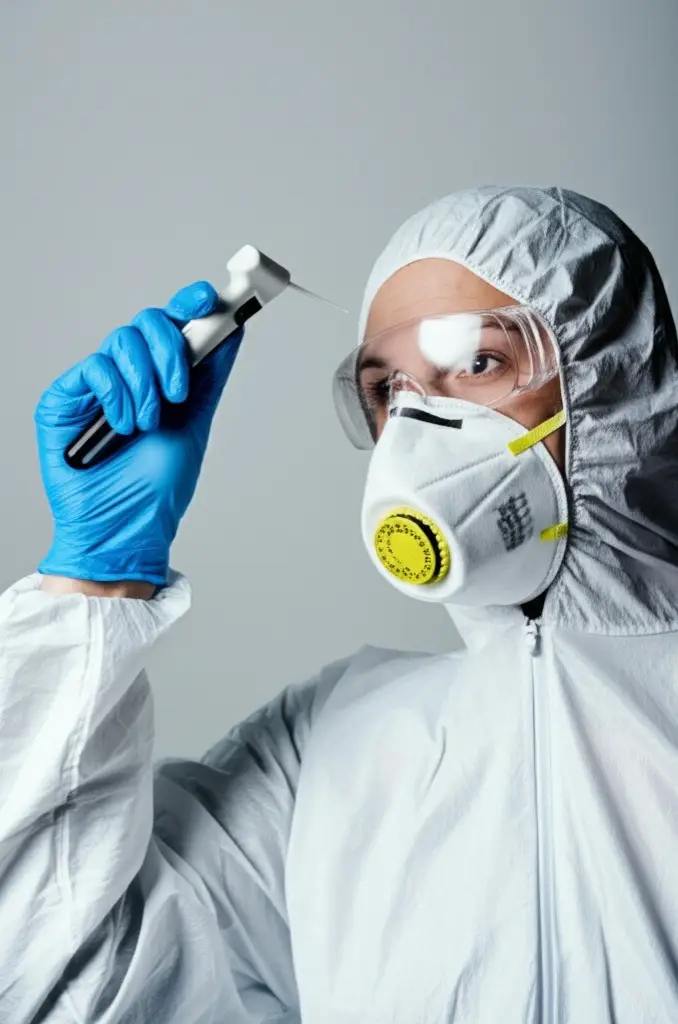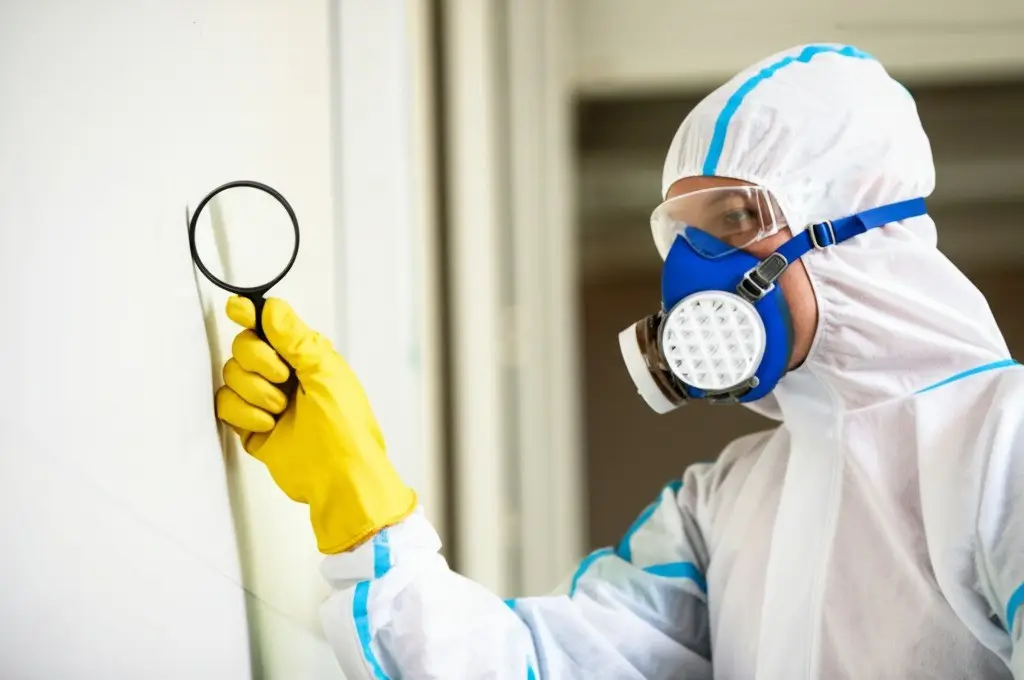Home / Mould Assessment
Mould Assesment
Experts in the handling of mould, regarding your project needs.
Why is Mould Assessment Essential?
Mould has long been understood as a significant indoor pollutant that can be detrimental to human health and property integrity. Professional mould assessment is critical for identifying, addressing, and preventing mould problems in residential and commercial environments.
Health Concerns
Mould can significantly affect the health of building occupants, with severity depending on individual immune system susceptibility. Common health effects include respiratory issues, allergic reactions, eye irritation, skin rashes, and in some cases, more serious conditions. People with asthma, allergies, or compromised immune systems are particularly vulnerable to mould exposure.
Property Damage
Beyond health impacts, mould can cause significant damage to building materials and contents, potentially leading to expensive rectification works if not managed or addressed quickly. Mould can deteriorate structural elements, damage finishes, and decrease property value. Early detection and remediation are essential to minimize repair costs.
Indoor Air Quality
Mould is a type of microscopic fungi that can grow in indoor environments with sufficient moisture. Indoor air quality can be significantly affected by mould contamination, occupant behaviors, and moisture-generating activities. Excess moisture not only increases the risk of mould growth but can also promote the proliferation of other indoor biological pollutants.
Common Scenarios Requiring Mould Assessment:
- Following water damage, flooding, or plumbing leaks
- When occupants experience unexplained health symptoms
- When visible mould growth or musty odors are present
- Before purchasing or leasing a property
- In buildings with historical moisture issues or poor ventilation
Don't ignore signs of mould. Professional assessment provides accurate identification and effective remediation strategies.
Request Mould Assessment
Reliable Asbestos Surveys for Perth

Why Choose IQ Assured?
At IQ Assured, we provide more than just asbestos surveys; we deliver peace of mind. Our team of highly qualified and experienced professionals is dedicated to providing the most accurate, reliable, and legally compliant services in Perth.
NATA Accredited Laboratory
All testing conducted in NATA certified facilities ensuring accurate and reliable results
Fast Turnaround Time
Clear, detailed reports within 48 hours
Comprehensive Service Area
Servicing all Perth metropolitan areas with mobile sampling capabilities
Get a fast, Free quote
Frequently Asked Questions About Mould
What exactly is mould and why is it a concern?
Mould is a type of microscopic fungi that reproduces via spores. It becomes a concern because it can cause health issues including allergic reactions, respiratory problems, and other symptoms. It also damages building materials and contents, potentially causing structural issues, and significantly impacts indoor air quality.
How does mould grow in buildings?
Mould requires specific conditions to grow in buildings:
- Moisture: The most critical factor, often from leaks, flooding, condensation, or high humidity
- Food source: Mould can grow on virtually any organic material including wood, paper, carpet, food, and even dust
- Appropriate temperature: Most mould thrives at temperatures that humans find comfortable
- Limited airflow: Stagnant air in enclosed spaces promotes mould growth
- Time: Under ideal conditions, mould can begin growing within 24-48 hours
What are the signs of mould in a building?
Common indicators of mould problems include visible mould growth (often appearing as discoloration on surfaces), musty or earthy odors, water stains or damage on walls, ceilings, or floors, increased allergic reactions or respiratory symptoms when in the building, excessive humidity or condensation, and warping or deterioration of building materials.
What does a professional mould assessment involve?
Visual Inspection
A thorough examination of the property including the interior and exterior of the building, HVAC systems and ductwork, plumbing and water-related systems, and areas with potential moisture intrusion. This identifies visible mould and conditions that support mould growth.
Moisture Detection
Using specialized equipment to identify:
- Current and historical moisture sources
- Hidden moisture within walls and other structures
- Humidity levels throughout the property
- Potential condensation issues
Sampling & Testing
Various sampling methods may be employed:
- Air sampling to determine airborne spore concentrations
- Surface sampling to identify mould species on surfaces
- Bulk material sampling for analysis of affected materials
- Laboratory analysis of collected samples
Comprehensive Reporting
A detailed report including assessment findings, laboratory results, photographic documentation, and specific remediation recommendations tailored to your situation to effectively address the mould issues and prevent recurrence.
How can I prevent mould in my property?
Effective mould prevention strategies include:
- Control humidity levels (ideally between 30-50%)
- Ensure proper ventilation, especially in bathrooms, kitchens, and laundry areas
- Fix leaks and water intrusion promptly
- Use exhaust fans when cooking, showering, and doing laundry
- Ensure proper drainage around your building's foundation
- Regularly inspect and maintain HVAC systems
- Use mould-resistant products in high-moisture areas
- Dry wet areas within 24-48 hours
Can I assess or remove mould myself?
While small isolated areas (less than 1 square meter) of mould can sometimes be addressed by homeowners, professional assessment and remediation is recommended in most cases because visible mould often indicates larger hidden problems, DIY testing kits are generally unreliable, improper handling can spread mould spores throughout the building, and without addressing the underlying moisture source, mould will return. Professional assessment identifies the root cause and appropriate remediation strategies.
Have more questions about mould assessment for your property?
Contact Our Experts
